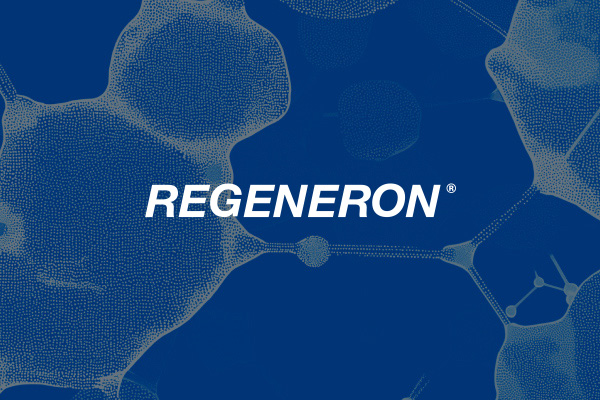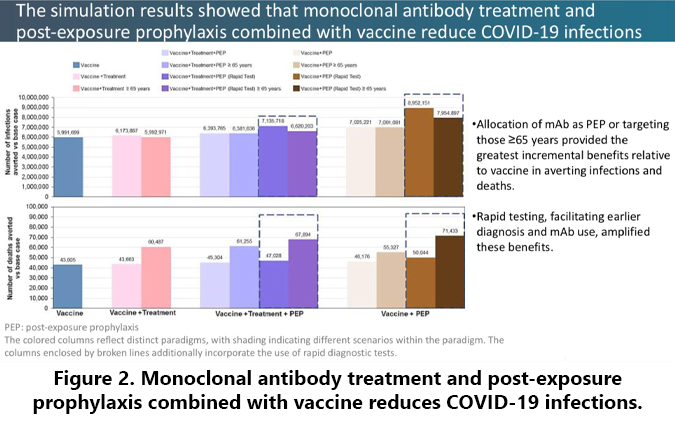
Agent-based models focus on the heterogeneous behavior of individual agents and their interactions with one another. They are commonly applied to study infectious diseases, and in fields such as oncology. Agent-based models can be used to understand the potential impact of a healthcare intervention in different populations and demographics, particularly when clinical trial data is limited, such as the effects of a drug following ideal treatment guidelines vs. real-world use.1
What are the Components of a COVID-19 Agent-Based Model?
To simulate the spread of SARS-CoV-2, the model included the following components:3
- Population structure: The population is organized in a specific way within the model. For example, the population may be divided by age groups, gender, or other demographic characteristics.
- Disease model: Describes how the disease progresses and spreads within the population. It will include information on viral transmission, the incubation period, and the disease symptoms.
- Contact network: This describes the interactions and connections between individuals within the population. For example, it includes information on who is most likely to contact one another, such as family members, coworkers, and friends.
- SARS-CoV-2 infection: Refers to the specific infection by the virus that causes COVID-19. The model includes information on viral load and time to symptom improvement and resolution depending on whether treatment was initiated.


By simulating SARS-CoV-2 viral spread and the effectiveness of using mAb treatment and PEP as well as vaccines, the model helped estimate the impact of different treatment strategies on the number of infections and hospitalizations. It can also be used to evaluate the cost-effectiveness of these interventions and the long-term impact on public health. These results can guide resource allocation and patient management decisions for COVID-19 and can also be used to inform public health policy for current and future pandemic preparedness.
- Kerr CC, Stuart RM, Mistry D, et al. Covasim: An agent-based model of COVID-19 dynamics and interventions. PLoS Comput Biol. 2021;17(7):e1009149. Published 2021 Jul 26. doi:10.1371/journal.pcbi.1009149
- Kamal MA, Kuznik A, Qi L, et al. Assessing the Combined Public Health Impact of Pharmaceutical Interventions on Pandemic Transmission and Mortality: An Example in SARS CoV-2. Clin Pharmacol Ther. 2022;112(6):1224-1235. doi:10.1002/cpt.2728
- A Case Study of Agent-Based Model: Monoclonal Antibody Treatment, Prophylaxis, and Vaccines Combined to Reduce SARS CoV-2 Spread, (PDF)
Learn more about our Health Economics Outcomes Research (HEOR) services
Our health economics and outcomes research consultants support the assessment and communication of a drug’s value to healthcare stakeholders around the world.

Contact us





